Biodegradable cups created following ancient techniques
Studio CRÈME has created the ‘Gourd Project’, comprising cups and carafes made from squashes and used to replace disposable cups.
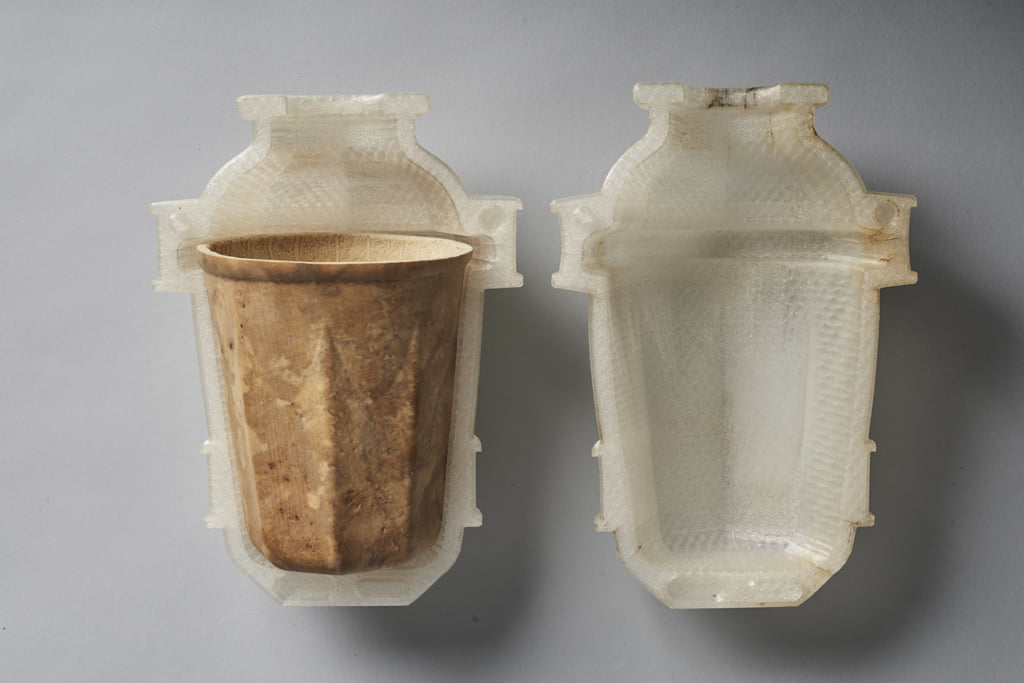
© CRÈME Design
Designer Jun Aizaki, the head of the studio CRÈME, has developed the Gourd Project: coffee cups and a carafe that are all biodegradable and made entirely from gourds. The ultimate aim is for them to act as perfect substitutes for plastic and paper cups used for takeaway drinks.
‘Takeaway cups and packaging are the norm in everyday life, but they produce an enormous amount of waste, which ends up in landfill and contaminates our precious waterways and landscapes’, explains Jun Aizaki on the Gourd Project‘s website. ‘What if nature, as well as being a material resource, could also provide a solution to this global problem?’
An ancient practice
The designer took inspiration from the practice of gourd moulding, which has existed for several centuries, particularly in Japan, when creating Gourd Project. The name is significant because the word ‘gourd’ has its roots in the Latin cucurbita, a plant from the cucurbitaceae family that has been used as a container since antiquity. The teams at CRÈME take a more modern approach and grow gourds in moulds made from recycled plastic, which take the shape of the object they aim to create. After six weeks of growing, all that’s left to do is dry the cucurbitaceae before washing and using it.
‘Gourds are plants that grow quickly and that bear robust fruit every season. Once dried, the solid outer skin and the inner fibrous flesh become water-resistant. CRÈME has adapted this method to create its own compostable containers, using made-to-measure 3D-printed moulds’, explains the designer.
For the time being, Gourd Project products are only sold and displayed in museums like MoMA. The teams at studio CRÈME imagine that they will initially be used in certain tea rooms, before the points of sale multiply and diversify.
Gourd Project (2019) is a CRÈME creation, details of which are available on the dedicated website.
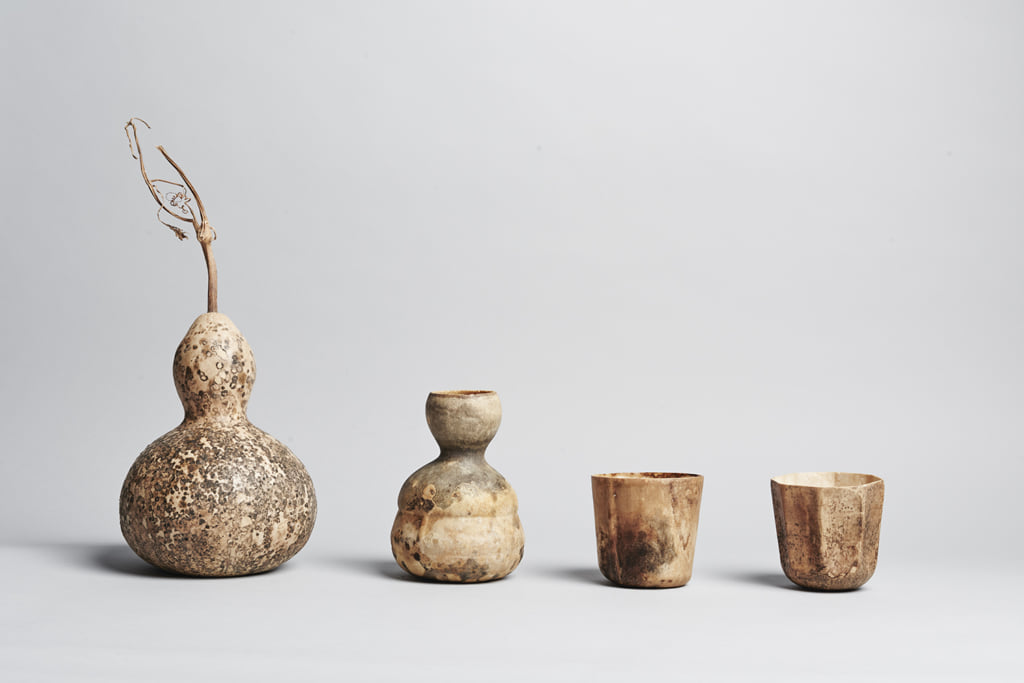
© CRÈME Design
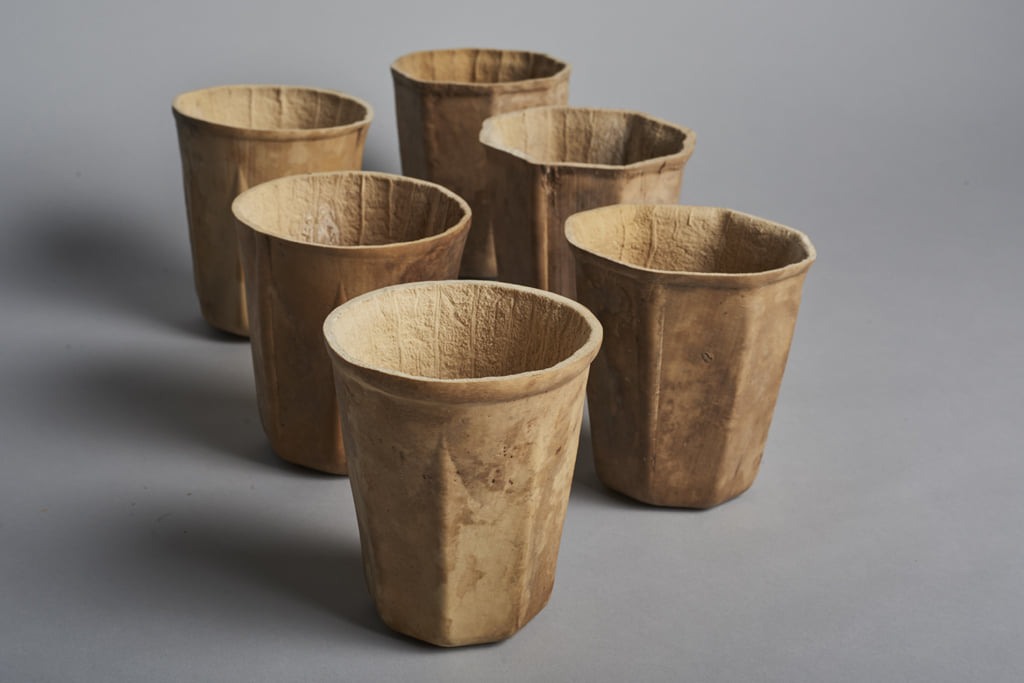
© CRÈME Design
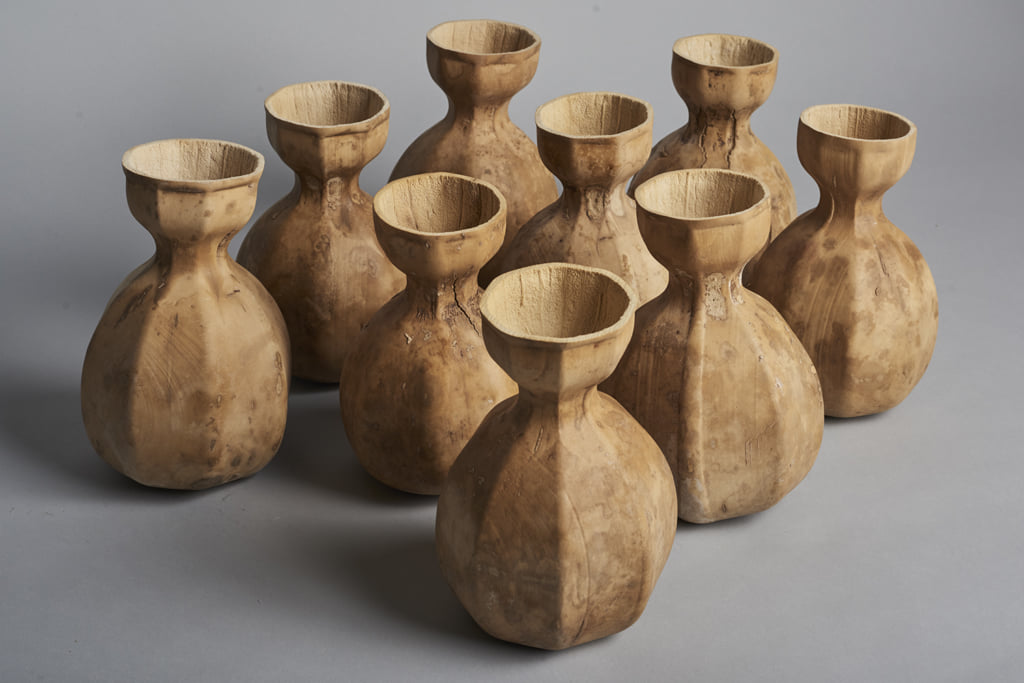
© CRÈME Design
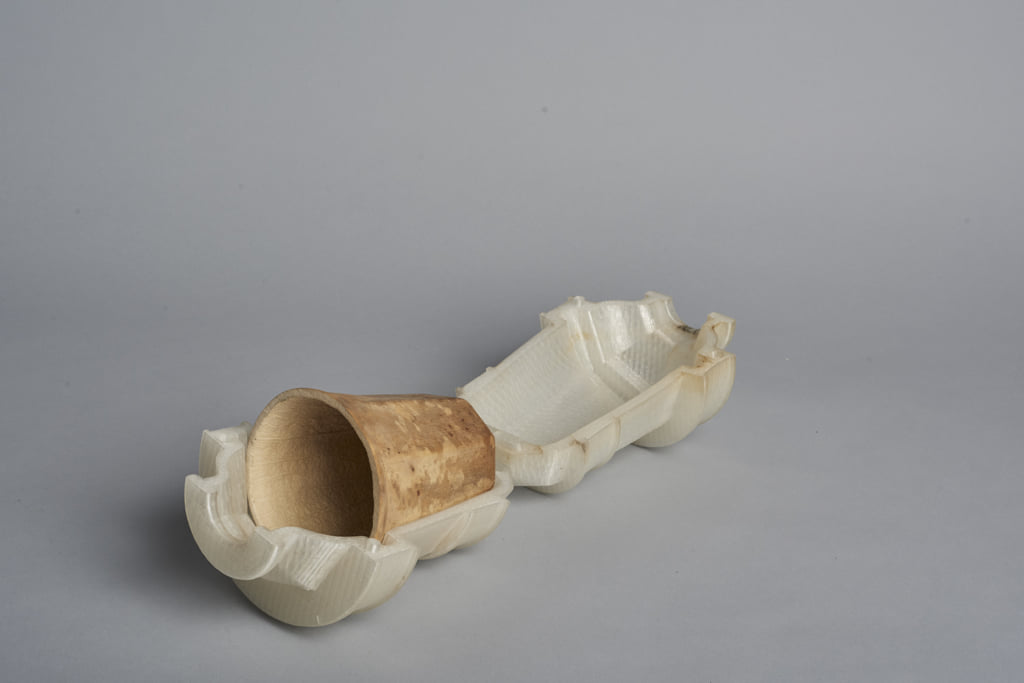
© CRÈME Design
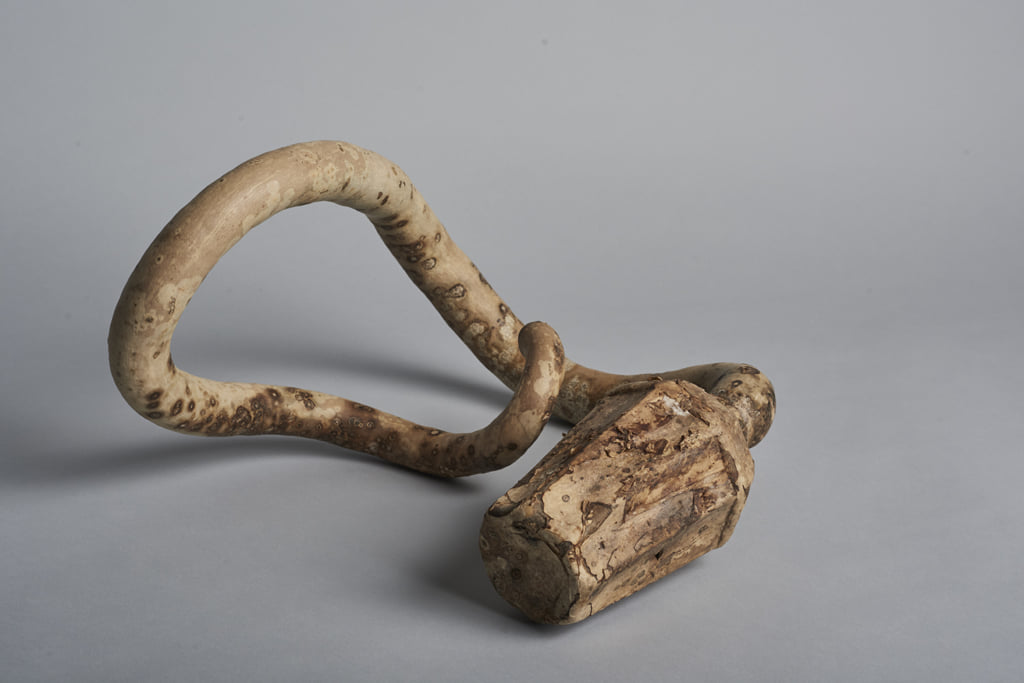
© CRÈME Design
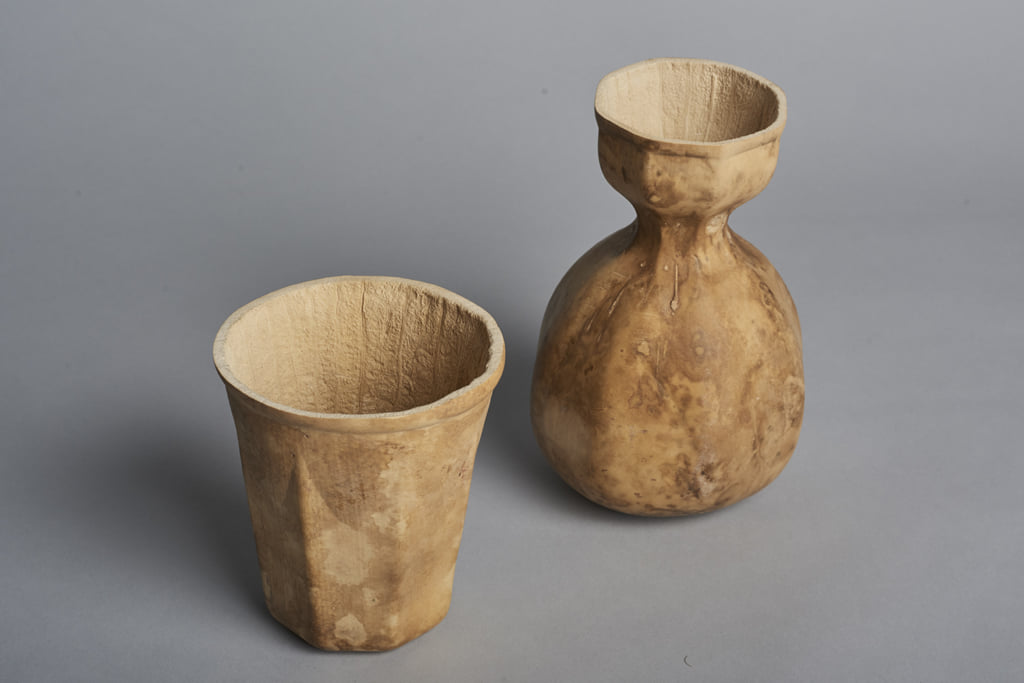
© CRÈME Design
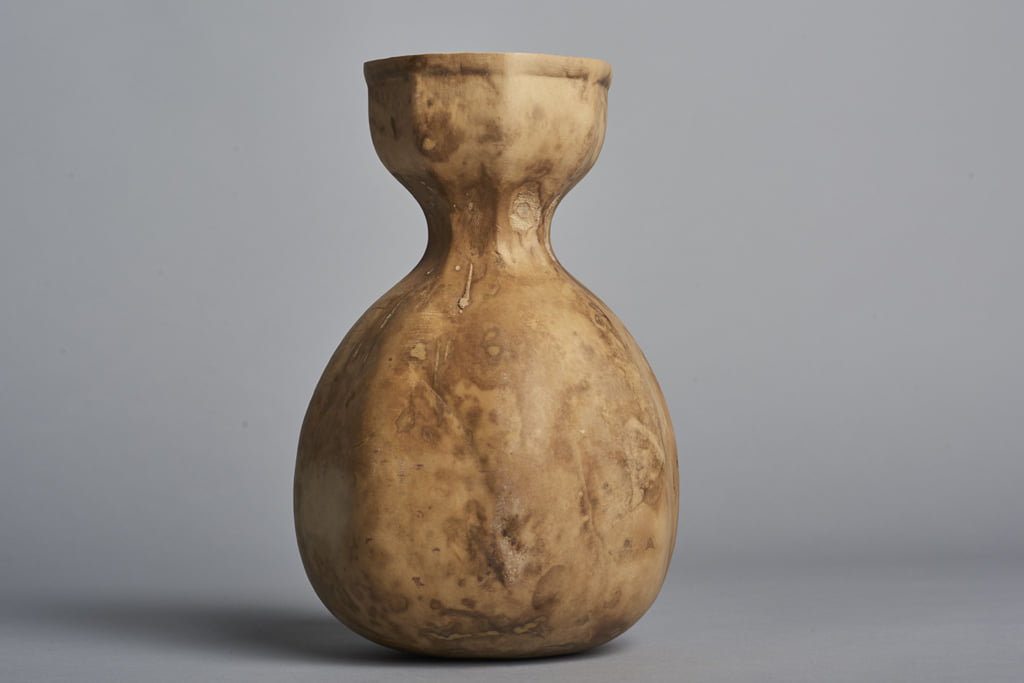
© CRÈME Design
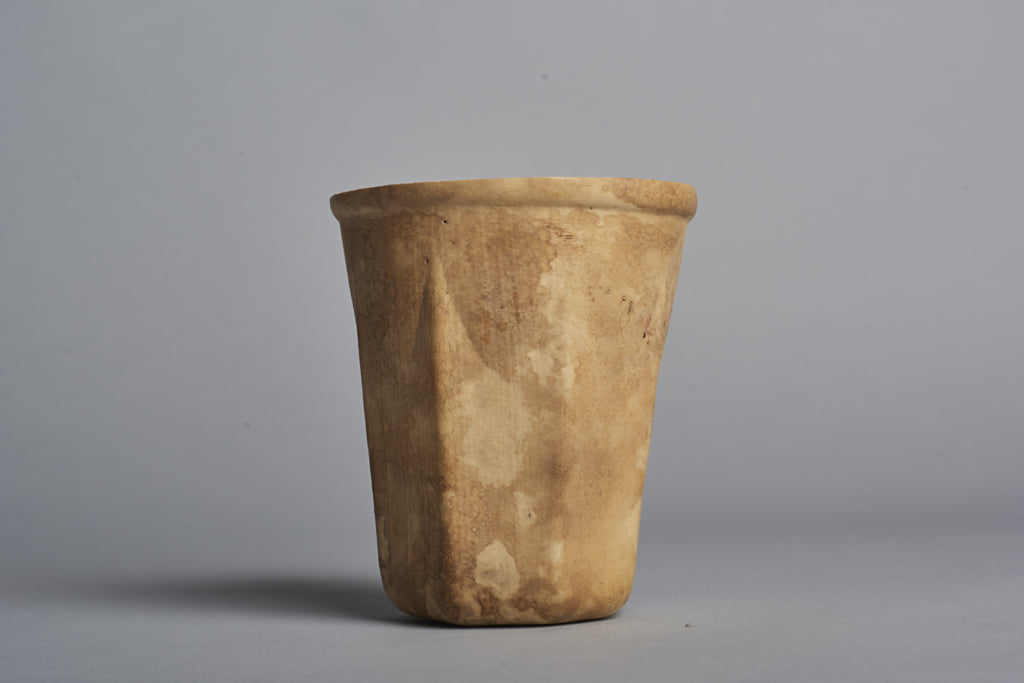
© CRÈME Design
TRENDING
-
A House from the Taisho Era Reveals Its Secrets
While visiting an abandoned building, Hamish Campbell discovered photographs the owner had taken of the place in the 1920s.

-
The Taboo-Breaking Erotica of Toshio Saeki
The master of the 1970s Japanese avant-garde reimagined his most iconic artworks for a limited box set with silkscreen artist Fumie Taniyama.

-
With Meisa Fujishiro, Tokyo's Nudes Stand Tall
In the series 'Sketches of Tokyo', the photographer revisits the genre by bringing it face to face with the capital's architecture.

-
Masahisa Fukase's Family Portraits
In his series ‘Family’, the photographer compiles surprising photos in which he questions death, the inescapable.

-
Hajime Sorayama's Futuristic Eroticism
The illustrator is the pioneer for a form of hyperrealism that combines sensuality and technology and depicts sexualised robots.





